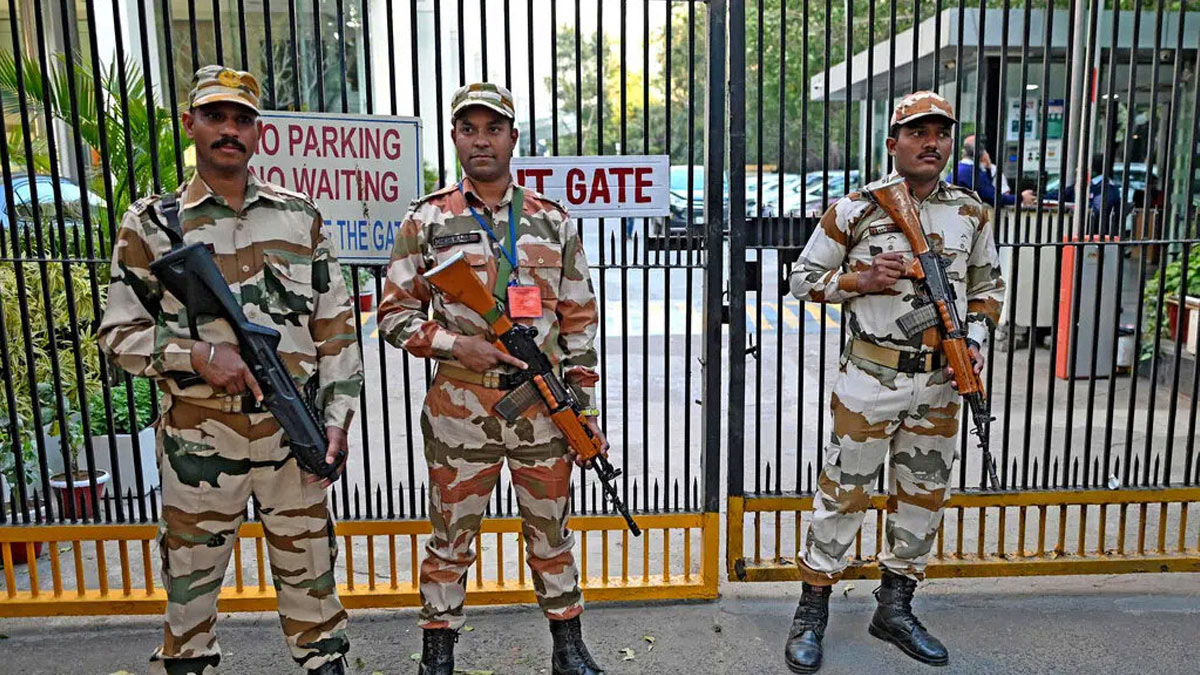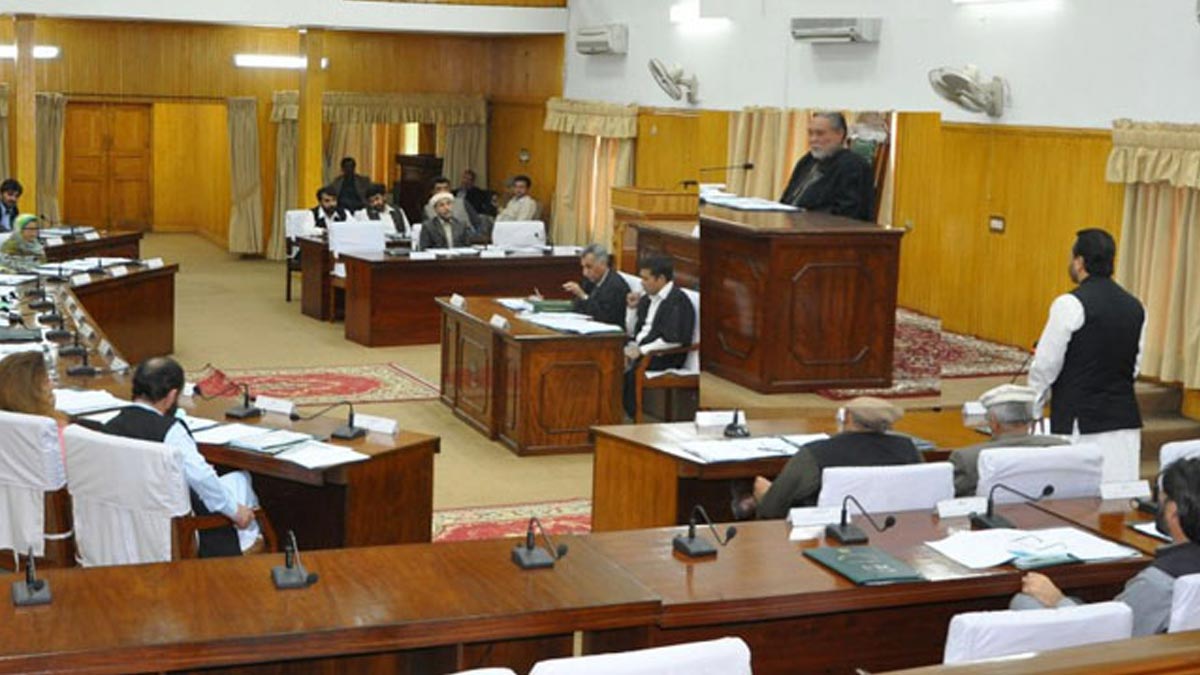- October 6, 2019
- @admin
- 0
- 06th October 2019
- Ershad Mahmud
Rescue operations in Mirpur may be over now but infrastructure restoration will take time.
The Mirpur and Bhimber districts of Azad Jammu and Kashmir and parts of northern Punjab, the 25 square kilometre area in northeastern Pakistan, home to four million people, were jolted by a 5.2 magnitude earthquake last week. There have been around 40 deaths, and the infrastructure damage caused by the calamity is beyond imagination. The worst-affected villages are Jattlan, Pulmanda and Afzalpur. Collapsed buildings, crumbled under the force of the deadly quake, mark the landscape of the affected region now. Jattlan village, for instance, has turned into a ghost town wherein traumatised people are scared of even going near their homes.

Khadija Begum from Sahang town is traumatised and living in a tent outside her beautiful double-storey house as it has developed cracks and become unlivable. She tells TNS that her two sons had worked hard to build this house. It was their only property. “Now we need at least a million rupees to demolish it and remove the rubble. The authorities are paying merely Rs200,000 as the compensation”, she says.
58-year-old Asma Rafique says that her husband had built their house brick by brick over a period of forty years. “Now, we are living under the open sky and have no means to re-build it — to even rent a house,” she says.
Like Rafique and Begum, many have lost all assets savings in shape of property, vehicles, and commercial shops. Their challenges are compounded as trauma counseling is not regarded traditionally as an integral part of a rehabilitation strategy.
Chaudhary Akhtar, the founder of KORT (Kashmir Orphans Relief Trust), is worried that the fast-approaching winter could make things worse. Akhtar says that the cold will jeopardise the well-being of the affected people further; women, children and old people are always at a greater risk during such calamities, he adds. Akhtar intends to build 100 residences on war-footing to save the lives of children and the elderly. Pakistan Air Force has also pledged to construct 100 houses for the poor.
The government can build transitional residential areas and move people from tents. “A pre-fabricated shelter can be ready in two months. It does not cost more than 700,000 per house. Especially vulnerable individuals and families and people with disabilities in particular, need housing on an urgent basis to protect them from the upcoming winter and other calamities,” says Akhtar
The British diaspora-funded Muslim Hands has also set up a consortium of eight INGOs which is providing food to over 1,200 earthquake victims, and covering 13 villages on daily bases. Likewise, Al Khidmat Foundation and KORT, both non-profit organisations raising orphan children in Mirpur, are distributing food packages in several villages and running open kitchens. Mirpuri diaspora groups of philanthropists are playing a vital role in the provision of shelters to displaced people. They are also providing food, medicine and amenities in tent villages with the help of the local authorities.
Due to the serious humanitarian crisis caused by the earthquake, the government of AJK has declared the affected area a ‘calamity hit region.’ It is now working on a special economic package to rebuild the area. The major tasks before the local authorities include demolishing badly -damaged structures, removal of debris, de-siltation of the affected water bodies and building. In Mirpur city, a large number of one and two-storey homes built out of brick or concrete blocks have developed cracks. A large number of these homes are not livable any longer and require reconstruction.
Now, the question is how to demolish such a vast infrastructure? State of the art equipment is required to demolish these houses and commercial plazas. The earthquake victims find themselves helpless as they have not only lost the properties but also require a huge amount of money to revive their homes and plazas.
Regrettably, it seems AJK’s authorities, and people in Mirpur did not reflect on the lessons from the 2005 earthquake that claimed almost 75,000 lives and turned the entire Muzaffarabad and Bagh regions into wreckage: building codes, written in files, were not implemented in letter and spirit due to inept administration.
“Had building codes been implemented strictly, public losses could have been much lower”, says Raja Arsalan Nusrat, the chief executive officer of Muslim Hands. Only three-storey buildings allowed at the most, but dozens of plazas here are seven or eight-storeys buildings, he adds.
Although, rescue operations are over now, infrastructure restoration might take some time. The local people who suddenly lost costly properties and employment can still not bring themselves to look at the damage.
In villages, restoration of water supply has become a difficult challenge as scores of narrow streets have collapsed, blocking the entrance to nearby houses and approach to tubewells. The industrial areas have also witnessed massive damages: 15 marble units and a flour mill have been destroyed and several factory buildings require renovation or partial reconstruction.
“The rehabilitation or restoration of the industries is not possible without massive assistance from the government”, says Ghulam Murtaza, ex-president of the AJK Chamber of Commerce and Industry. He suggests that the government should at least stop taxing Mirpur for a while. The industrialists, he says, should be exempted from taxes this year. He adds that financial institutions should provide hassle-free loans on easy installments.
The restoration of the damaged public sector infrastructure, particularly the schools, colleges and universities requires massive financial assistance. The government of Azad Jammu and Kashmir faces resources constraints and is unable to fund rehabilitation projects from its budget.
Dr Habib ur Reham, vice-chancellor of the Mirpur University of Science and Technology (MUST), tells TNS that over Rs 52 million is needed initially to renovate or rebuild MUST’s destroyed infrastructure.
Media Link:
The News on Sunday (TNS) | Click Here

Qaiser Khan
The write is a Research Fellow at the Center for Peace, Development and Reforms, CPDR. He can be reached at: sqkhan47@gmail.com













































